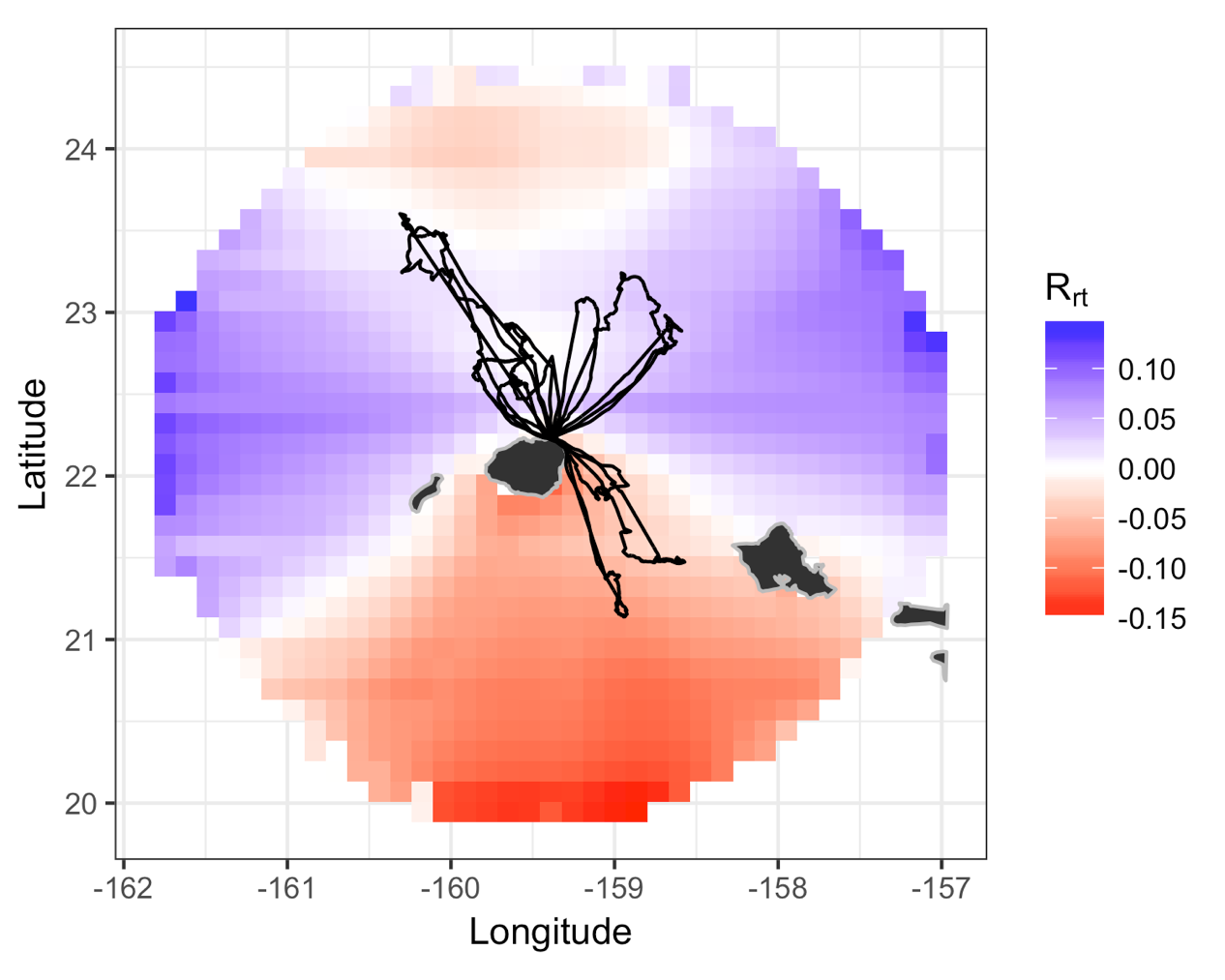Seabird Habitat Accessibility Determined by Energetic Responses to Wind

Abstract
Viable habitat for an organism must be both suitable and accessible. An area with all the resources a species needs (i.e. suitable habitat), may not be exploited if barriers prevent individuals from reaching it. Species distribution models (SDMs) are traditionally parameterized using only habitat suitability metrics, eschewing accessibility. Filling this gap requires a quantitative understanding of the interactions between environment and movement. I drew on movement ecology and graph theory to create energy landscapes (a map of variable movement costs in a heterogeneous environment) for a tropical seabird species, the Red-footed booby (Sula sula). In my first chapter, I modeled individuals’ energetic response to changing wind conditions. Using that model, I developed a novel method for mapping the cost of movement in a population’s range: an energy landscape. Including the energy landscape as a layer in a SDM improved predictive accuracy and model transferability relative to a suitability-only model. The methods presented here provide a general framework for using movement ecology to understand how accessibility influences species’ spatial distributions.